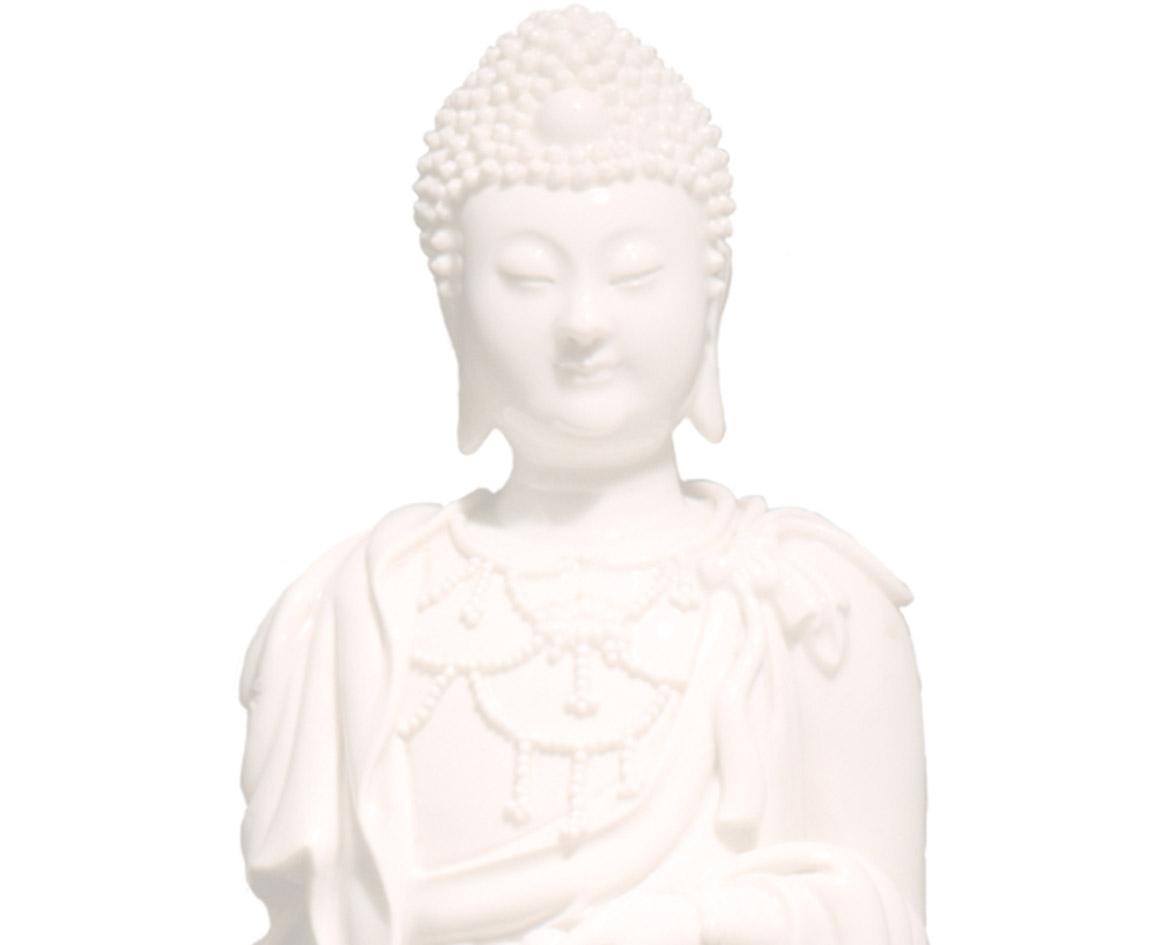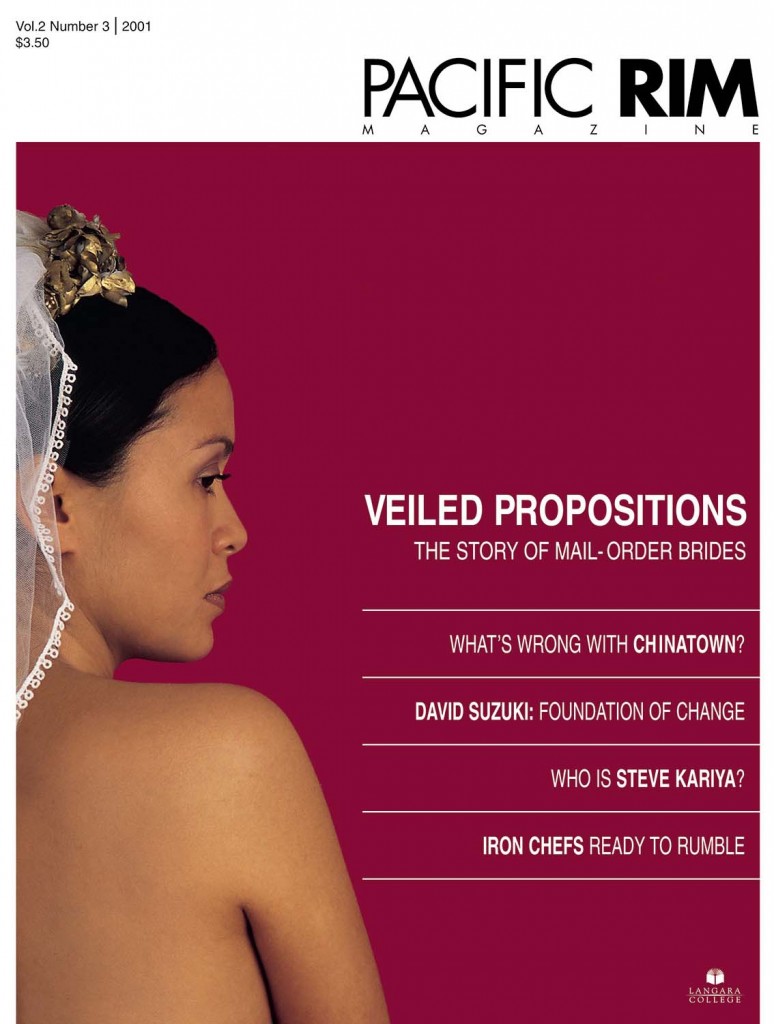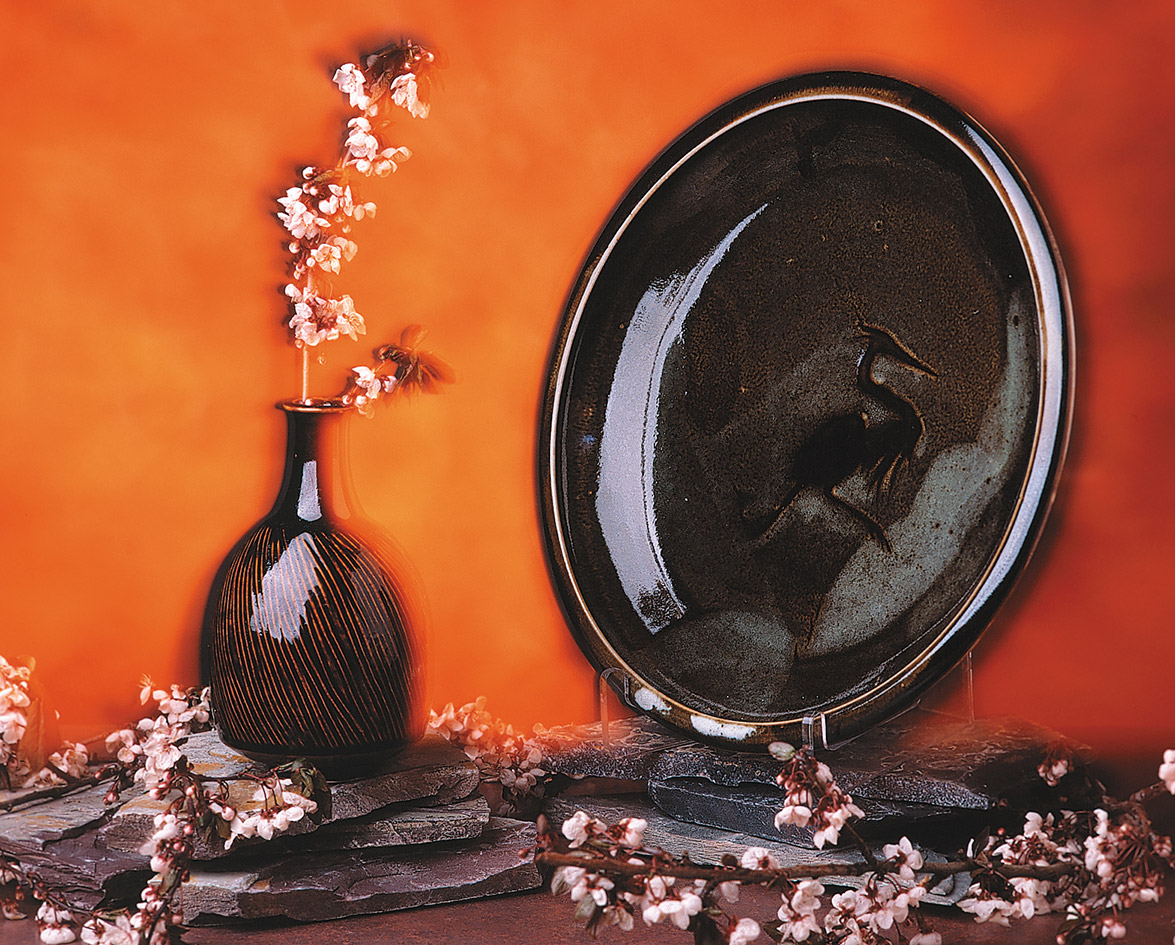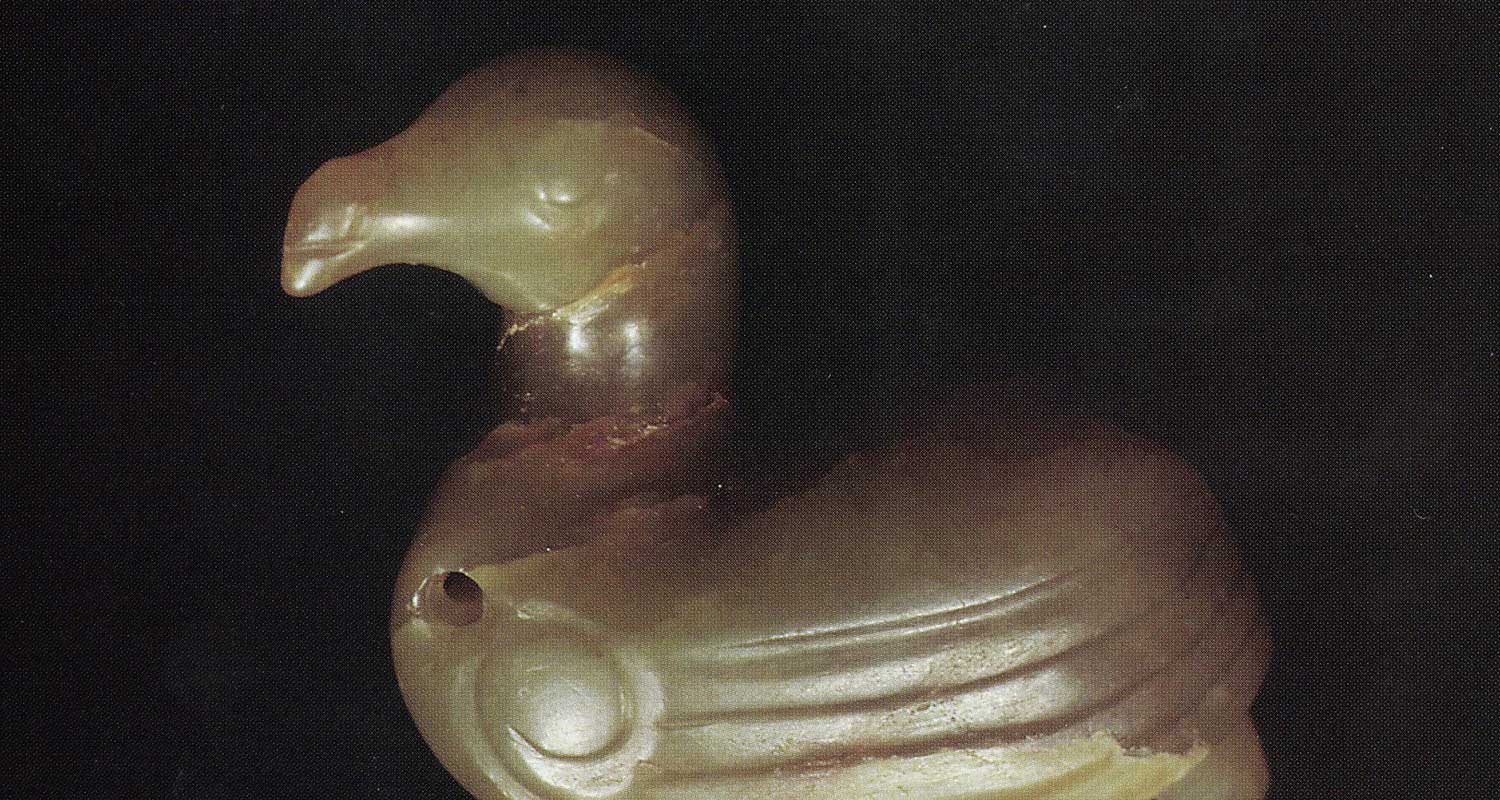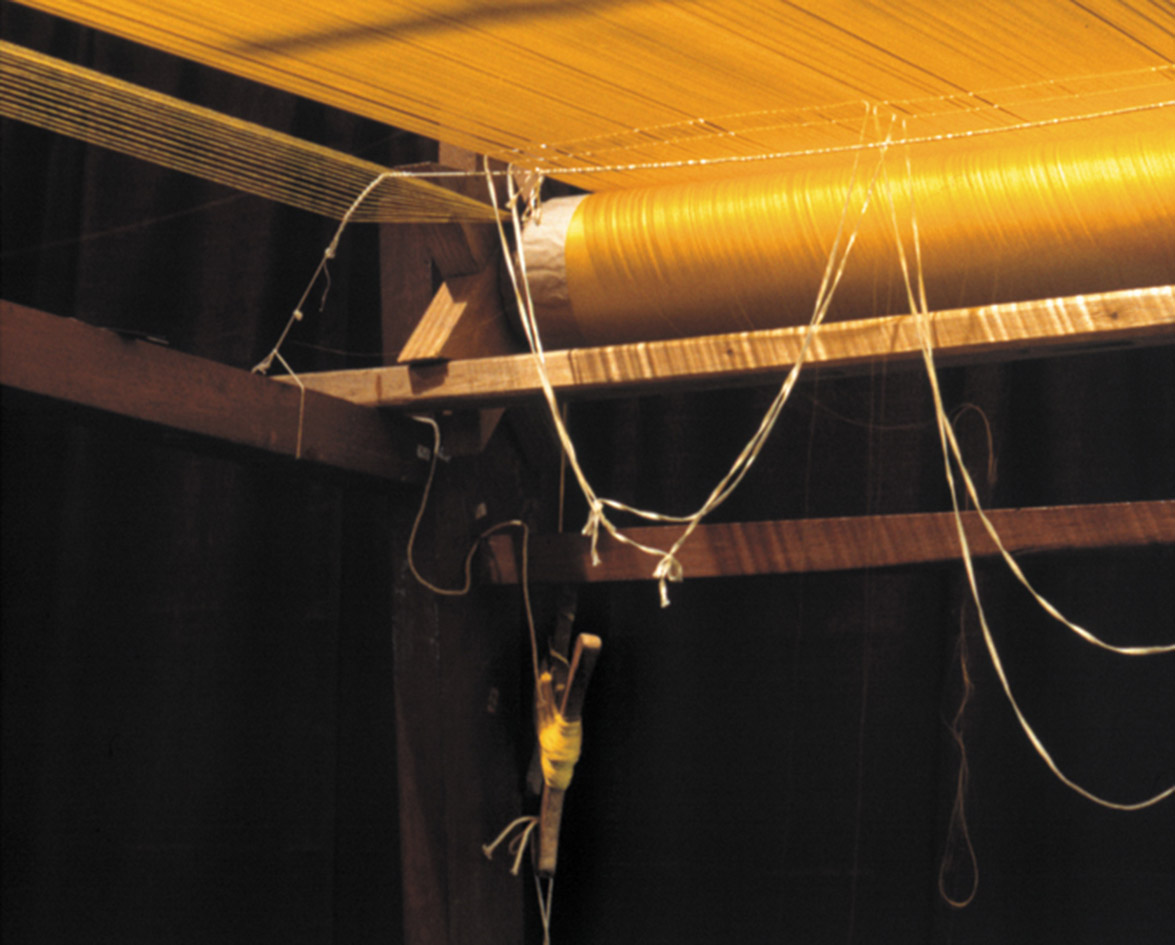An exhibit of more than 75 pieces from the five most notable periods in the early history of Chinese ceramic work was on display at the Museum of Anthropology at the University of British Columbia in 2001.
The oldest artifacts, four pots from the Neolithic era, 5000 to 2000 BC, were distinguished by their production methods. Rather than being wheel-thrown like the later pieces, the Neolithic Chinese used the “ring technique.” The curator of the exhibit, UBC fine arts professor James Caswell, compared the method to kindergarten clay play. A “rope” of clay is coiled upon itself and the inside smoothed out.
In the Han dynasty (205 BC-220 AD), Caswell said, ceramics “came into their own.” He noted especially the detailed ceramic representations of daily life that were prevalent in the tombs of the wealthy.
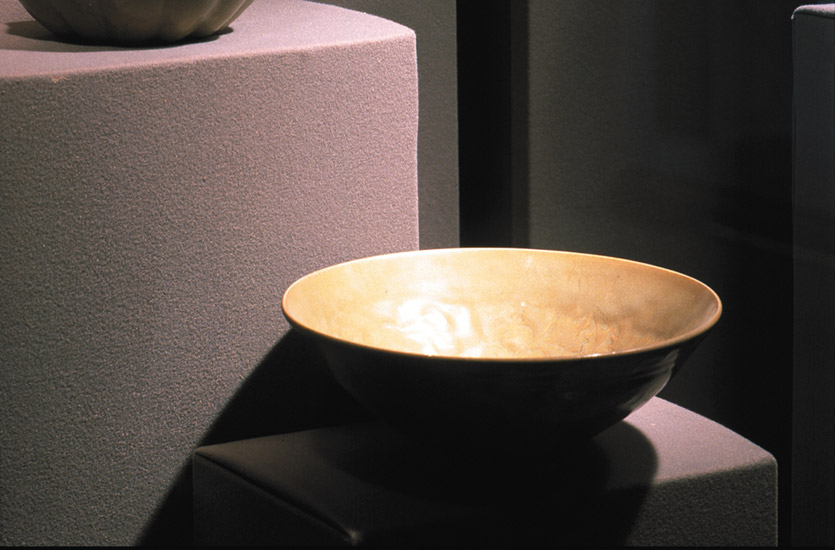
The Tang dynasty (618-907 AD) is widely considered “the golden age of China.” The Chinese built many elaborate tombs. Inside they placed hundreds of ceramics representing protective deities, court officials and courtesans. The Chinese also included models of horses—a prize animal they acquired through trade with countries to the west. The largest artifact in the exhibit was a three-foot model horse.
During the Song dynasty (960-1279 AD), a creative ferment among artisans produced a vast number of shapes, decorations, impressions, and glazes. They kept a tremendous number of kilns in operation; some were able to fire 25,000 pieces of pottery at one time. “Crackle” was accidentally discovered during this period and it quickly became popular. Surface cracks would appear as a result of a firing process that would shrink the glaze more than the clay. The craftsmen perfected this process to such an extent that they would make the crackles resemble fishnet.
The final period represented in the exhibit was the Yuan dynasty (1279-1368 AD). Two styles were developed in this time. Shufu, or “privy council” style, was reserved for members of the royal court, and is therefore rare. Blue and white pottery also appeared, a style that has persisted for the past six centuries to become the popular fine china resting in the dining room cabinets around the world.





